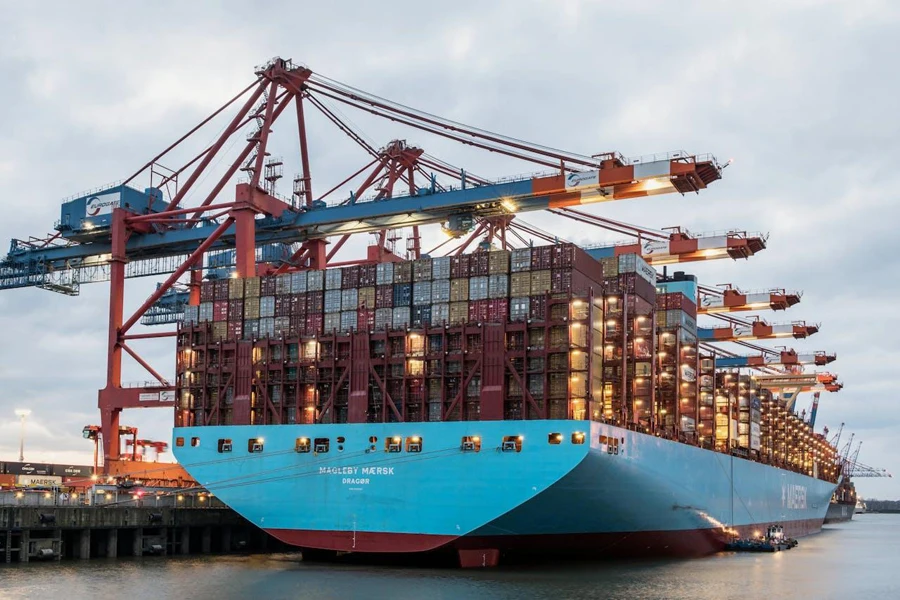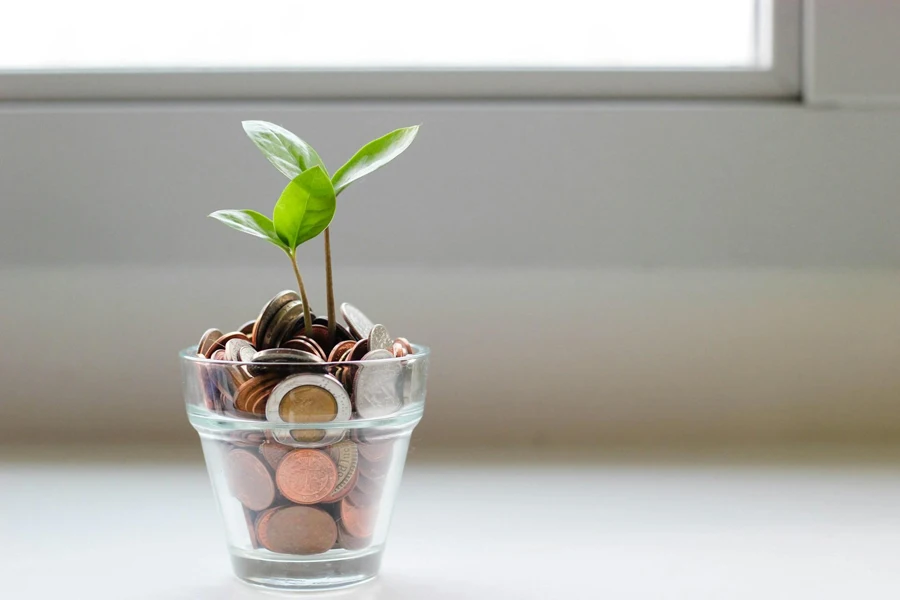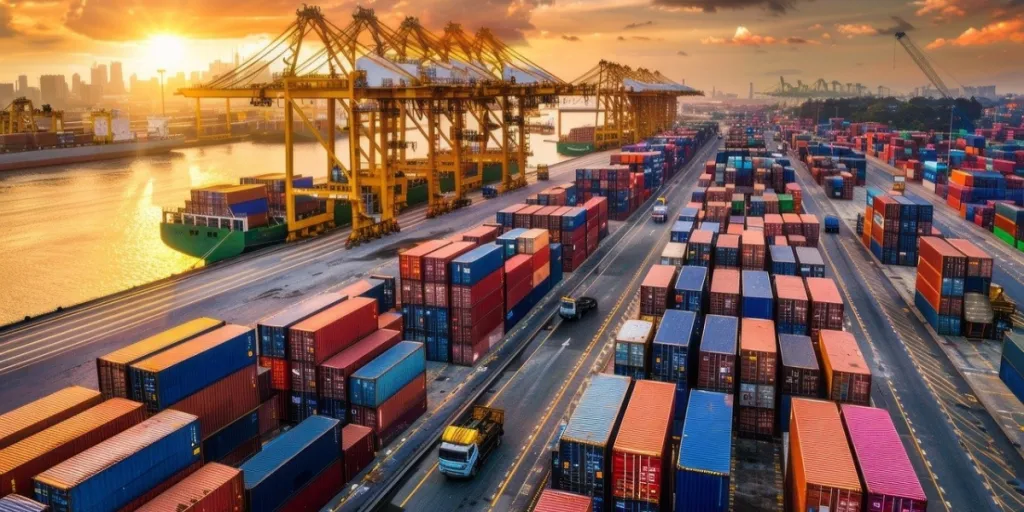In the logistics field, dimensions and weights are among the most important factors that help determine the classification and rates of cargo and shipments. For easier tariff assessment and handling, certain freight attributes can be grouped together as a single category to be delivered and managed together. In fact, Freight All Kinds (FAK) was established based on the same principle, shipping multiple goods with similar features together to simplify the overall logistics process.
Continue reading to learn more about the essentials of FAK, including what it means and how it works, while also exploring the benefits and challenges of FAK as well as the application of FAK in different modes of transportation.
Table of Contents
1. What is Freight All Kinds (FAK)
2. How does FAK work?
3. Benefits and challenges of FAK
4. Unified logistics for simplified freight management
What is Freight All Kinds (FAK)

To gain a full understanding of FAK, one must first acquaint oneself with the National Motor Freight Classification (NMFC)– a freight class categorization system introduced by the National Motor Freight Traffic Association (NMFTA) in the United States.
The NMFC system is developed to standardize rates for transporting goods, especially those transported in less-than-truckload (LTL) shipments by categorizing freight of various types of cargo accurately. The freight classification is based on four primary factors: density, stowability, handling, and liability, encompassing 18 freight classes, ranging from class 50 to class 500.
Under the NMFC system, a lower class number signifies lower costs due to favorable shipping attributes, such as high density, easy handling, and low liability seen in classes 50-60 for items like bricks or cement. In contrast, items like platforms or stands have low density but occupy a high volume due to their bulky nature.
With so many different classes calculated and listed according to these attributes, determining freight classes can sometimes be intricate, particularly for shipments that encompass diverse goods. The introduction of Freight All Kinds, or FAK, a logistics pricing mechanism by different carriers is therefore instrumental in simplifying and streamlining the process.

Instead of shipping the goods under multiple NMFC codes, which can be rather complicated and cumbersome to manage, FAK is an arrangement that groups freight with several NMFC codes together under a single freight rate classification for easier quoting and billing purposes. In other words, FAK simplifies the entire shipping process by consolidating freight classes under a single classification, thereby saving costs and reducing complexity.
And since these classifications are based on the freight class system developed in the US, FAK is mainly applicable domestically within the United States rather than a universally recognized term. However, the fact that the United States is the largest importer of goods in the world means that FAK is highly relevant to international logistics, for example, the import leg within the United States must still adhere to the NMFC freight class requirements.
How does FAK work?

The way FAK operates relies on two main principles: classification based on key NMFC freight class factors and consolidation through averaging solutions. As FAK results from consolidating multiple NMFC freight classes into a single classification, it’s logical to identify goods with similar characteristics set by NMFC classes first.
These include physical cargo size, density, and stowability, as well as having identical weights and dimensions. The handling and liability of the goods must also be consistent for the carriers to be able to manage them effectively and for the shippers to ensure proper coverage for any subsequent claims.
Once goods with identical features are determined, they are grouped together by averaging their specifics and charging them under a single, unified freight rate. Essentially, FAK works by consolidating different yet similar groups of goods in one container for lower LTL costs and easier classification. The overall FAK rate is typically lower than the aggregate cost of shipping each item at its specific class rate.
Such cost reduction is often the result of negotiated agreements between shippers and carriers, which combine both higher and lower-class freights together. This offers much lower rates for higher-class items but slightly higher rates for the lowest individual NMFC classes as part of a risk distribution strategy employed by carriers.

Besides rate negotiation, FAK shipment management and optimization can also be done with the aid of advanced logistics technology such as Transportation Management Systems (TMS). TMS platforms connect shippers to a network of qualified carriers and provide direct access to all updated FAK market rates, which are optimally grouped together. Shippers can then search for the best-suited FAK rates accordingly while also benefiting from the comprehensive features of TMS, including real-time tracking and subsequent claims processes and management.
Benefits and challenges of FAK

The notable benefit of implementing the FAK model lies in how it facilitates the entire shipping and invoicing process through its unified tariff arrangement. Fundamentally, the integration of FAK not only diminishes the complexity of handling multiple NMFC freight classes but also simplifies the application of Harmonized System (HS) Codes by reducing the number of freight classes.
However, the most significant advantage of adopting FAK is likely the cost-effectiveness its flat-rate pricing model can offer. Such a benefit can be realized in both direct and indirect ways. The prominent direct cost advantage is the increased opportunity for bulk shipping. Since shippers can now combine different types of freight under one rate through FAK, they are more encouraged and inclined towards larger, consolidated shipments, which in turn, affords them with better bargaining power to negotiate more favorable rates.
In the meantime, cost-effectiveness is indirectly enhanced by the operational efficiency improvements brought about by FAK. Lower administrative overhead is required since the overall calculation process is much more streamlined and straightforward, minimizing the need to classify and price each item separately, eventually helping shippers achieve greater operational efficiencies and cost savings.

Furthermore, FAK provides shippers with enhanced flexibility in both shipment and financial planning. FAK allows for the mixing of different types of cargo within the same container without worrying about additional or unexpected shipping costs. Shippers can better prepare their shipping budgets, achieving more accurate financial planning and indirectly enhancing cost-effectiveness.
Nevertheless, there is no rose without thorns, while enjoying the above benefits, there are some inherent challenges that are unavoidable when implementing FAK. First of all, not all shipments are suitable for FAK classification; for example, shipments with predominantly lower-classed or high-value items may in fact already come with relatively lower costs or sufficient, tailored liability coverage. Reclassification of these mainly lower-classed or high-value items through the FAK model may end up raising the cost of those originally lower-classed goods or provide insufficient liability coverage for the high-value items, resulting in financial losses.

These issues are especially problematic as FAK classification can sometimes oversimplify the categorization of diverse cargo types into a single class, causing misclassification that can lead to inadequate liability coverage. As a result, these misclassifications may be insufficient to cover the specific risks and values associated with certain cargo types, such as those with hazardous materials, high-value goods, or products with wide-ranging densities.
The challenges in implementing FAK also lie with the eligibility of shippers in terms of significant freight volume commitment and their adaptability to potential changes in the mix of freight classes in FAK. These are substantial concerns as carriers may not be able to offer FAK rates to all shippers but only those with sufficient freight volume targets. Also, due to costs, economic factors, and regulatory updates, carriers may revise their mix of freight classes periodically or on an annual basis, increasing the difficulty for shippers to keep up with such updates, and leading to a higher chance of disruption.
Unified logistics for simplified freight management

FAK helps to simplify the shipping and billing process by grouping multiple NMFC freight classes together for a unified classification and single flat rate. FAK significantly reduces administrative complexity and increases operational efficiency for both shippers and carriers. It is mainly applicable in the United States and is particularly useful in lowering LTL freight rates. The working principle of FAK is highly related to averaging different characteristics of goods to combine the most similar items together for a rate that’s negotiated between the shippers and the carriers.
Overall, FAK contributes to numerous benefits in streamlining the shipping process while also aiding in flexible shipment arrangements and providing more cost-effective and accurate advanced budgeting options. Shippers who wish to utilize FAK, however, have to be cautious about potential liability coverage and the risk of misclassification of goods and changing class mix over time. They may also be subject to certain minimum volume requirements before they can enjoy the mixed average freight class rate offered by FAK.
Finally, to unlock the latest knowledge in logistics, wholesale sourcing ideas, ecommerce insights, and other latest business trends, visit and bookmark Alibaba.com Reads now for ongoing updates and expert advice.

Looking for a logistics solution with competitive pricing, full visibility, and readily accessible customer support? Check out the Alibaba.com Logistics Marketplace today.




